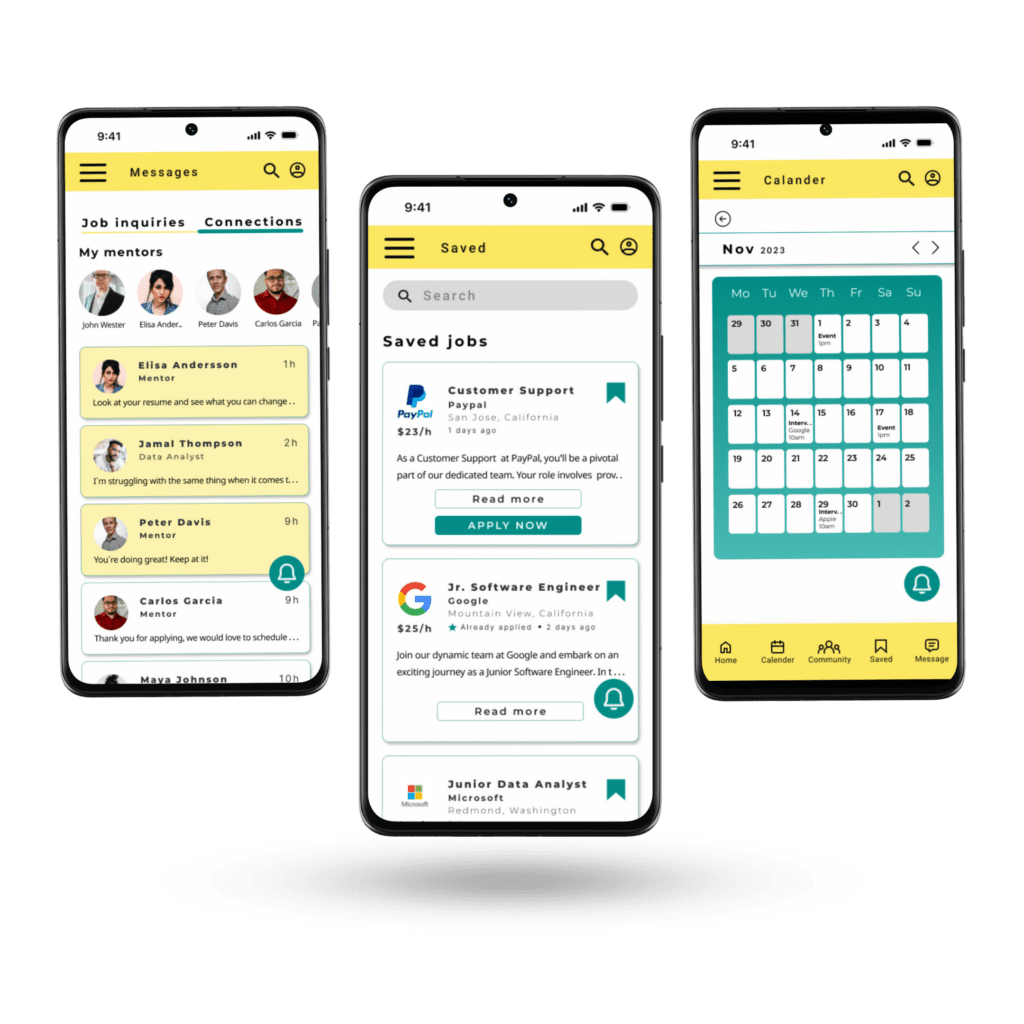February 8, 2025

In the ever-evolving world of apps, coming up with a great idea is the first step toward creating something impactful. But how do you generate app ideas that are not only creative but also relevant and practical? Whether you’re an aspiring entrepreneur or just someone looking to break into the tech world, this post will help you brainstorm and refine app concepts that solve real problems and excite users.
1. Identify Everyday Problems
The best apps solve a specific pain point or make daily tasks more convenient. Start by observing your daily routine and asking yourself what tasks feel frustrating, repetitive, or time-consuming.
- Example: Think about how ridesharing apps like Uber and Lyft made it easier to get a ride without cash or calling a cab.
- How to brainstorm: Keep a notebook or use a note-taking app to jot down annoyances or inefficiencies you notice throughout your day.
2. Explore Your Interests and Passions
The best ideas often come from personal interests. When you’re passionate about a topic, you’ll have more insight into what the audience might need and be motivated to bring your idea to life.
- Example: If you’re into fitness, consider an app that tracks niche metrics for a specific type of workout.
- How to brainstorm: List your hobbies or passions, then brainstorm app ideas that could improve those experiences.
3. Research Trending Topics
Stay updated with trends in tech, lifestyle, and business to identify emerging opportunities. The more aware you are of what’s popular (or becoming popular), the more likely you are to spot gaps in the market.
- Example: As the remote work trend grew, apps like Slack and Zoom capitalized on the need for better communication and collaboration tools.
- How to brainstorm: Use tools like Google Trends, social media platforms, or even TikTok to spot growing trends and see how an app could serve that market.
4. Listen to Feedback
Sometimes the best app ideas come from paying attention to what people are saying. Whether it’s your friends, colleagues, or online forums, look for recurring problems or suggestions.
- Example: Many successful apps began as improvements on existing solutions that users found lacking.
- How to brainstorm: Read reviews for similar apps in app stores. Note the most common complaints or feature requests and think about how you can address them in a unique way.
5. Combine Existing Ideas
Not all successful apps are completely original. Sometimes the best ideas come from combining two existing concepts into something new.
- Example: Instagram is a combination of social networking and photo sharing.
- How to brainstorm: Take two types of apps you frequently use and think about how they could complement each other if merged.
6. Think About Niche Audiences
Instead of trying to appeal to everyone, focus on a specific group of people with unique needs. Niche apps often succeed because they cater to highly engaged users.
- Example: A recipe app for people with dietary restrictions, such as vegans or keto followers.
- How to brainstorm: Identify a group of people with specific needs and ask yourself how you can create an app tailored for them.
7. Use Technology as Inspiration
Emerging technologies often pave the way for innovative app ideas. Consider how features like augmented reality, AI, or blockchain can enhance user experiences.
- Example: Pokémon GO used augmented reality to create an engaging and interactive gaming experience.
- How to brainstorm: Familiarize yourself with the latest technologies and think about how they can be used in creative ways to solve problems or entertain users.
8. Reflect on Your Own Experiences
Your personal challenges or past experiences can be a goldmine for app ideas. If you’ve faced a particular struggle, chances are others have too.
- Example: Many productivity apps, like Notion or Trello, were born out of a need for better organization.
- How to brainstorm: Reflect on moments in your life when you wished “there was an app for that.”
9. Test Your Ideas with Market Research
Once you have a few app ideas, the next step is to determine their potential. Ask yourself:
- Is there a demand?
- Who would use it?
- Are there competitors?
Consider conducting surveys, asking for feedback in online communities, or even chatting with people in your target audience to gauge interest.
10. Think About Revenue Models
While brainstorming, don’t forget to consider how your app could make money. This doesn’t mean focusing solely on profit, but having a clear revenue model can guide your design and marketing strategy.
- Examples of revenue models:
- Freemium (free with premium features).
- Subscription-based services.
- Ads or partnerships.
Final Thoughts
Coming up with app ideas doesn’t have to feel overwhelming. By identifying problems, tapping into your passions, and keeping an ear to the ground for trends and feedback, you can generate concepts that solve real needs and excite users.
Remember, the best app ideas don’t have to be revolutionary—they just have to offer value. Take the time to brainstorm, research, and refine, and you’ll be one step closer to turning your idea into reality.
If you’re ready to take your app idea further, branding and UI/UX design will play a huge role in its success. Let’s talk about how to make your app not only functional but unforgettable.

Comments